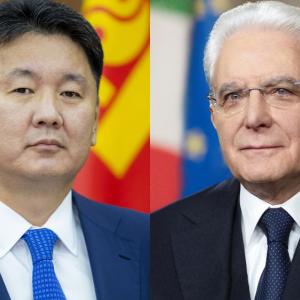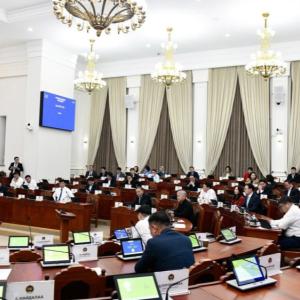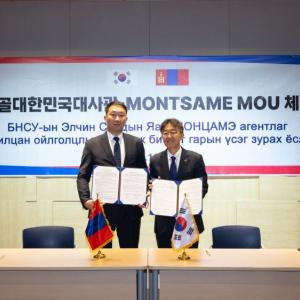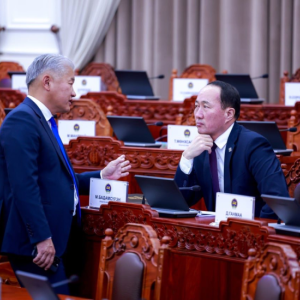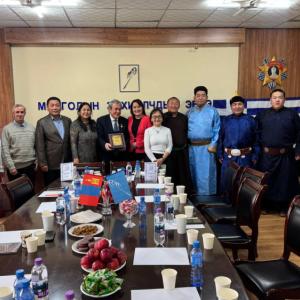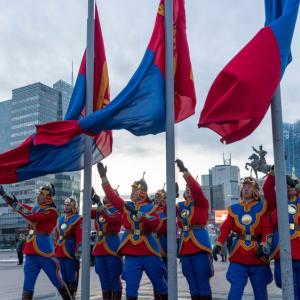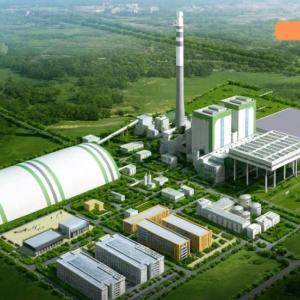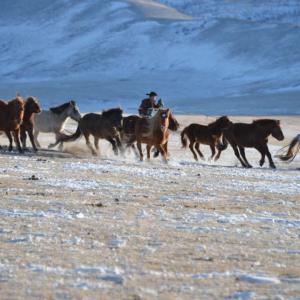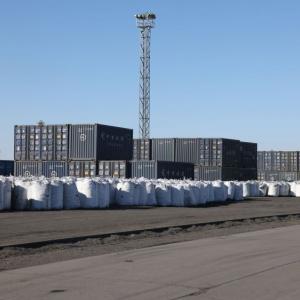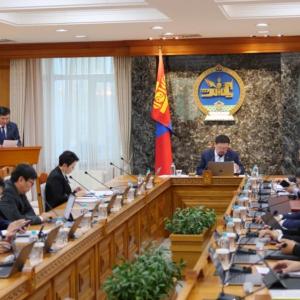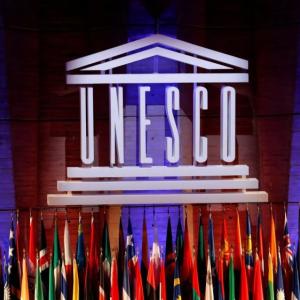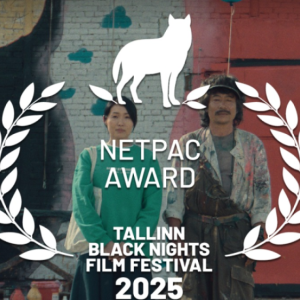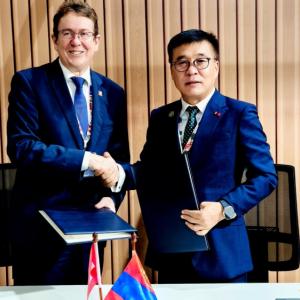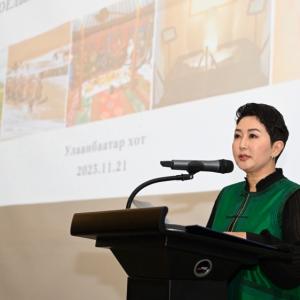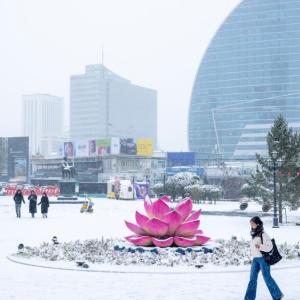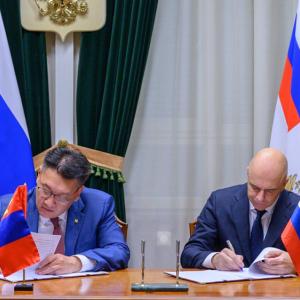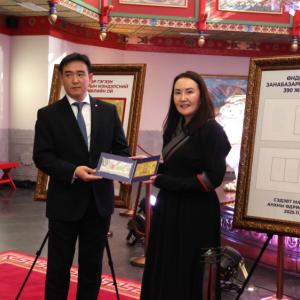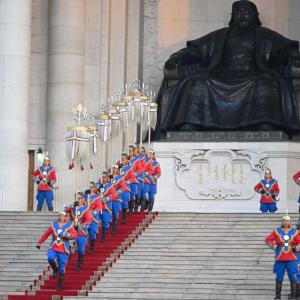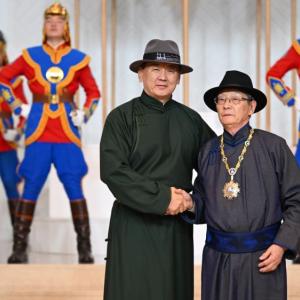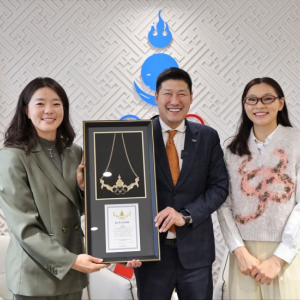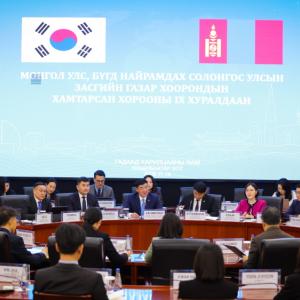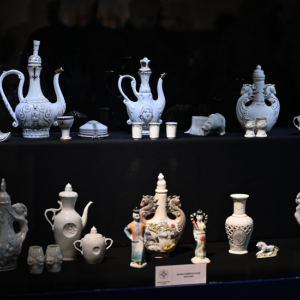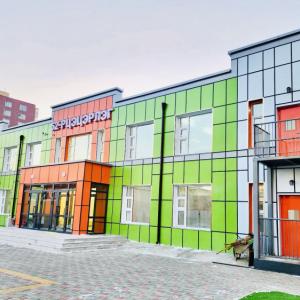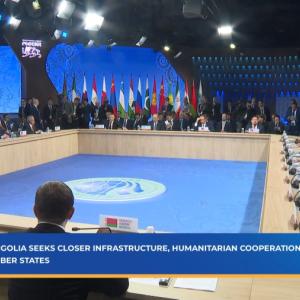Laos – “Land of Million Elephants” Alluring Millions of Tourists
Society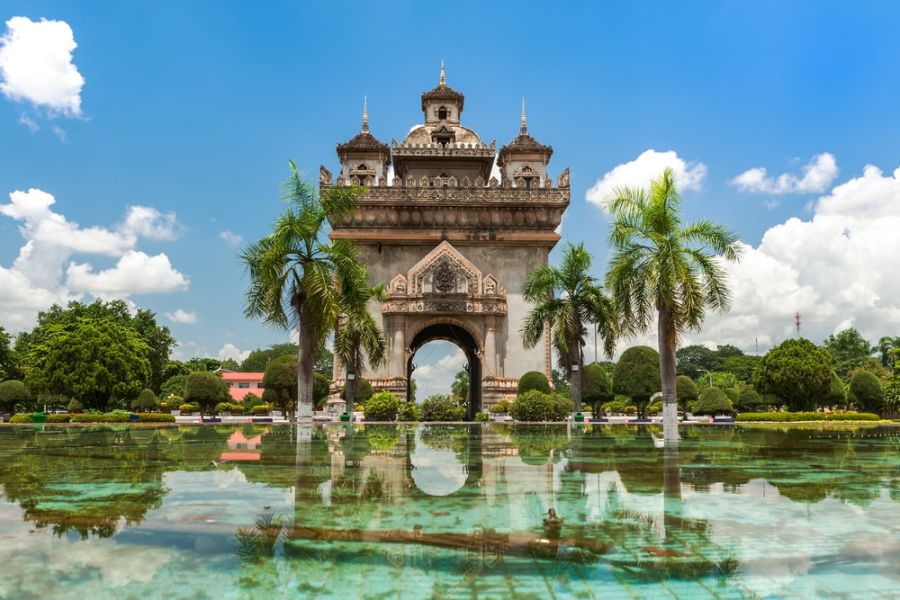
Ulaanbaatar,
June 10, 2024
/MONTSAME/. Laos first appeared on the world map in the 14th century when the
great king Fa Ngum united many fragmented tribes to establish the state of
"Lang Xang Hom Khao," which had a territory that exactly matches
to the territory of present-day Laos.
The
ancient name of the country translates to "Land of a Million Elephants and
the White Parasol." This signifies that the Lao kings of that era revered
white elephants, considered sacred creatures symbolizing strength and wisdom,
while the white parasol represented the king's power and authority.
Looking into Laos's modern history, the Lao people endured the hardships of colonialism under French rule from 1893 and occupation by Japanese aggressors in 1945. They also suffered from a civil war lasting more than a decade from 1960 to 1973, and the Vietnam War. The establishment of the Lao People's Democratic Republic (LPDR) in 1975 marked a period of socialist-oriented development. However, since the collapse of the socialist system in 1990, Laos has opened up to the world and embarked on a path of rapid development. The Lao people, comprised of three main ethnic groups—Lao Sung, Lao Lum, and Lao Theung—and over 60 subgroups, are a resilient, industrious, and heroic nation who have relentlessly fought for their freedom and independence.
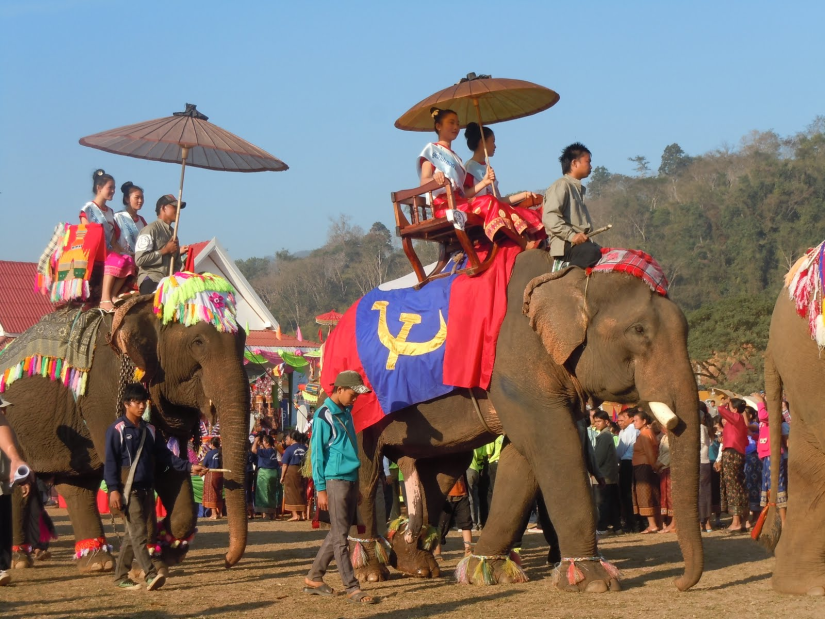
In
secondary school, history, and geography were taught us so well that we all
memorized the names of socialist countries, their capitals, and their leaders.
Two names that still stick with me are Vientiane and Kaysone Phomvihan. I also
vividly recall the news on TV and radio about the generous assistance the
Mongolian people provided to Laos. However, at the time, there was not much
information available about the Lao people's lives, history, culture, religion,
customs, or the country's nature. Now, with the internet at our
fingertips, we can gain a general understanding of any country.
Laos
is a country with the most beautiful nature in Southeast Asia. Tourists from
all over the world agree that Laotians are among the most well-behaved,
hospitable, and helpful people in the world.
The
Lao People's Democratic Republic, located in the central part of the Indochina
Peninsula is the only landlocked country in Southeast Asia. However, Laos borders
with all other countries of the Indochina Peninsula (China, Myanmar, Vietnam,
Cambodia, and Thailand). Leveraging this advantage, Laos has achieved
commendable success in developing tourism and infrastructure and attracting
foreign investment. Transforming the weakness of being landlocked into an
advantage, Laos now aims at becoming a land bridge, connecting its neighbors
through the shortest route. The latest example is the opening of the railway
between China's Kunming city and Laos's Vientiane city at the end of 2021, a
strategic step for the landlocked country to connect with other nations in the
region and around the world. Also, this development offers an opportunity to
transport goods by rail between Mongolia and Laos.
The
Government of Laos set an ambitious goal to graduate from the list of
least-developed countries by 2020 and as a result of achievements in foreign
investment, development of infrastructure, and tourism, the United Nations
General Assembly removed Laos from the list at the end of 2021.
Laos
is an extraordinary and mysterious country, boasting beautiful natural wonders
and a unique culture. Visitors can explore majestic temples, breathtaking
waterfalls, and exquisite caves in Laos. Interestingly, coffee, like Sri Lankan
tea, is one of the main exports of Laos. Its high-quality, distinctively
flavored Arabica and Robusta coffees are highly sought after in the global
market.
The
northern part of Laos is famous for its lush, evergreen forests and cascading
waterfalls. In contrast, the south features rolling hills dotted with verdant
rice paddies. Until recently, more than 70 percent of Laos's land was covered by
coniferous forests and palm groves. Although this figure has decreased to about
50 percent, Laos is still a notably green country.
Not
affected by mass tourism, Laos maintains its pristine nature, making it an
ideal place for adventure and eco-tourism. Since 1993, the Government of Laos targets
to include 21 percent of its territory in the national network of protected
areas and establish national parks. Therefore, an appealing tourism destination
is forming in Southeast Asia.

Laos
appears to be a perfect destination for tourists on a budget as the cost of accomodation,
food, and transport is the cheapest than in other countries.
Tourism
played a key role in increasing
Laos’ annual economic growth of around 8 percent for a decade until when the
COVID-19 global pandemic struck in 2019. The number of tourists visiting Laos
was more than 3 million in 2012 and reached 4.7 million in 2019, which was
equivalent to 70 percent of the total population of the country. Tourism is one
of the five main income sources of the country and has a significant role in
reducing poverty and growing the economy of Laos. For example, 120 thousand
jobs were created in the tourism sector in 2018, and indirectly 385 thousand
Laotians were employed in the sector. However, due to the COVID-19 pandemic,
the number of tourists visiting Laos dropped dramatically.
Having
beautiful nature, unique historical and cultural sights, and incredibly
hospitable people, Laos was named the World Best Tourist Destination for 2013
by the European Council on Tourism and Trade.
The
4350-km Mekong River, the longest river in Southeast Asia sustains the Laotian
people, running through 1835 km in Laos. For a landlocked country like Laos,
this river is a water source replacing a sea that allows river transport,
hydro-energy, rice field watering, and fishing. Laotians worship and revere the
Mekong River as “the mother of all rivers.”

The widest waterfall on earth called Khone Phapheng, known as “Niagara Falls of the East, which is 10 km in width in the Mekong River, flows along the border areas between Laos and Cambodia. This magnificent natural formation attracts tourists with its fierce majesty. However, this waterfall is the reason why river transport from Laos to China is not possible.
Furthermore,
along the widest section of the Mekong River, flowing through the southern part
of Laos, there is an extraordinary natural formation of many small islands
referred to as “4000 islands.” The fine grain sand beaches, turquoise green
waves of the Mekong River entice the wish to sunbathe.

Laos
has numerous historical, cultural, and natural sightseeing places, but due to
the poor infrastructure development, tourists face difficulties in reaching
those places. The Government of Laos working hard to meet the standard set by
the Global Tourism Sustainable Council (GTSC) by improving tourism
infrastructure, the capacity of employees in the sector, and facilitating visa
issuance. Meantime, actively participating in the ASEAN tourism integration
process, Laos is collaborating with Thailand, Myanmar, and Vietnam to establish
integrated tourist routes.
To recover and accelerate the development of the tourism sector which declined due to the pandemic, the country has developed a tourism plan for 2021-2025.






 Ulaanbaatar
Ulaanbaatar





